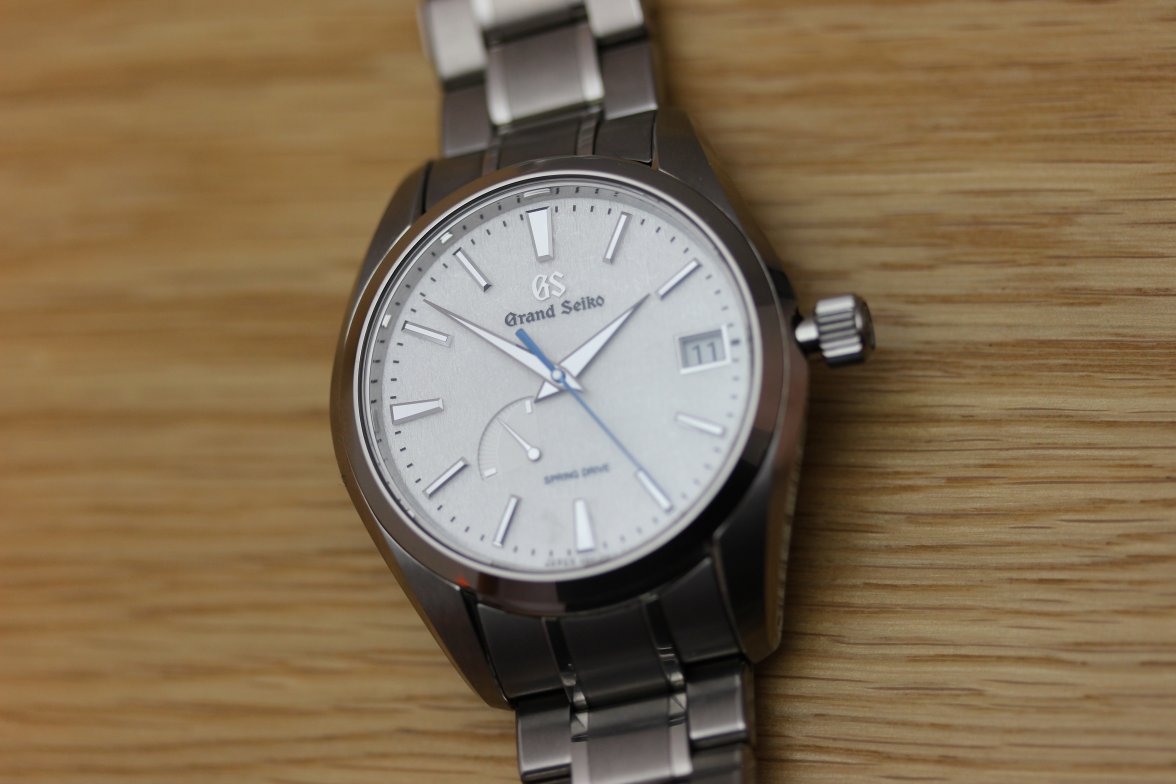

- #Zerene stacker vs. helicon focus how to#
- #Zerene stacker vs. helicon focus manual#
- #Zerene stacker vs. helicon focus full#
- #Zerene stacker vs. helicon focus windows#
To stack a subset, highlight files and Stack ›› Stack Selected. They stack just the input files with that area in focus and use retouching tool to merge the slab output into the main stack output image.
#Zerene stacker vs. helicon focus manual#
Ninja retouchers deal effortlessly with a tricky patches by adding a manual slab or substack. If your retouching tool seems to have disappeared, it maybe bad brush width.
#Zerene stacker vs. helicon focus full#
Ninja retouchers maximise real estate on a screen by showing only a full screen destination image and press the s key to flip the source image in place of the destination image, while simultaneously pressing shift and dragging the mouse to select a specific input file. Fast scroll through the stack of input files by, over a source image, hovering mouse, pressing the shift key and using the mouse up and down.Flip between source and stacked by pressing spacebar and s key.Zoom image by pressing spacebar and rotating mouse wheel.Move image by pressing spacebar and using mouse.Change brush size by rotating mouse wheel (or using on keyboard).Retouch by holding down the left mouse and selecting an input image.The retouching brush displays as a yellow circle.
#Zerene stacker vs. helicon focus windows#
#Zerene stacker vs. helicon focus how to#
But like anything, once you learn how to use it, retouching becomes second nature pretty quickly and when you have the hang of it becomes an invaluable tool in the focus stacking arsenal. Retouching In Zerene Stackerįocus stack retouching is pretty easy but a fair few stackers seem to overlook this aspect of stacking with Zerene Stacker. Zerene Stacker retouching lets you bring in the detail from the sharpest individual frame to eliminate the fuzzyness caused by out of focus backgrounds or foregrounds. My experience is that they will hold their breath for a period of time (assuming they are calm) and then occasionally take a big breath of air.The Zerene Stacker retouching tool is to Zerene what cloning is to Photoshop. The vast majority of my photography is of pit vipers. Assuming the light did not change drastically and the frog did not change position from one sequence to the next, would this be a recommended strategy?Ģ. Suppose I swapped out all the exhale shots from the sequence for an inhale shot from one of the other sequences, in an attempt to have a stack of all inhale shots. For each focus point, there’s a reasonable chance that I’ll have at least one photo where the the frog is inhaling. Suppose I run a sequence of focus shifts on the frog, then I do it again, one or more times. You get straight to the point, include all the necessary information, and somehow manage to answer nearly all the questions I had coming into each video.ġ. Great workshop, Steve! You have a gift for teaching. So, are these pre-adjustments even necessary then? To me it seems like you are doing the same steps twice at the additional costs of being able to edit a stacked Helicon raw file (which presumably is more powerful than editing an already processed TIFF) !! ? You say they are minimal, but in the field you are also shooting manual to make sure lightning doesn’t drastically change. I guess I am confused quite a bit by the necessity for the pre-processing adjustments. Or is it even necessary to first make these adjustments? If Helicon uses raws and also preserves the output file as raw, would it not be more powerful to do these adjustments on the final stacked raw file (and potentially save an editing step)? But would it make sense to export as DNGs instead of TIFFs and then use Helicon, which can deal with raw files? I guess, if you always are adjusting the files in lightroom first, using the raw files is kind of obsolete, because these are necessarily just that “raw”. I am tempted to go with Helicon, because of that. I know that Zerene Stacker does not accept raw files, but Helicon does. Is there a reason, why you are always exporting as TIFFs ?


 0 kommentar(er)
0 kommentar(er)
